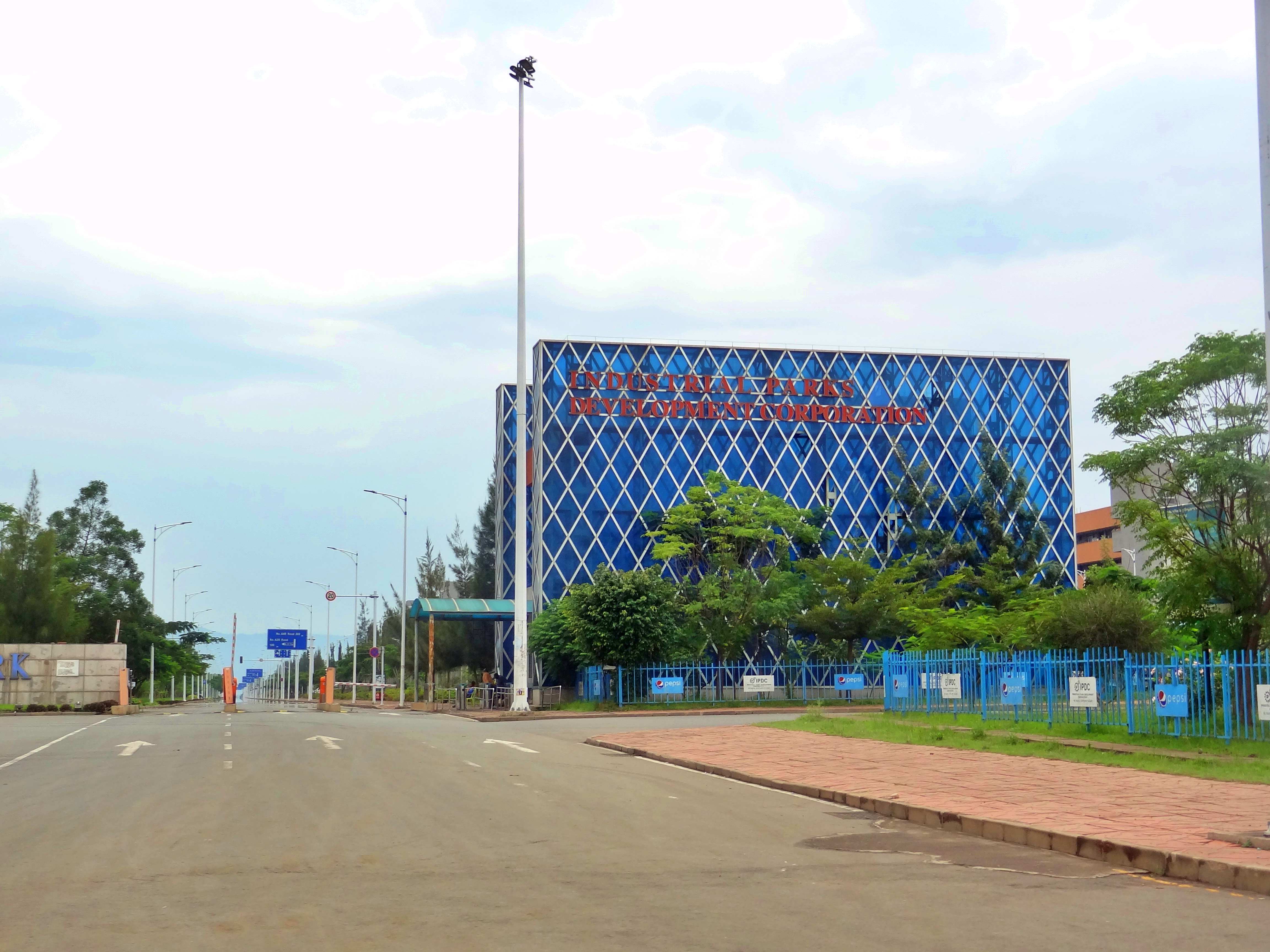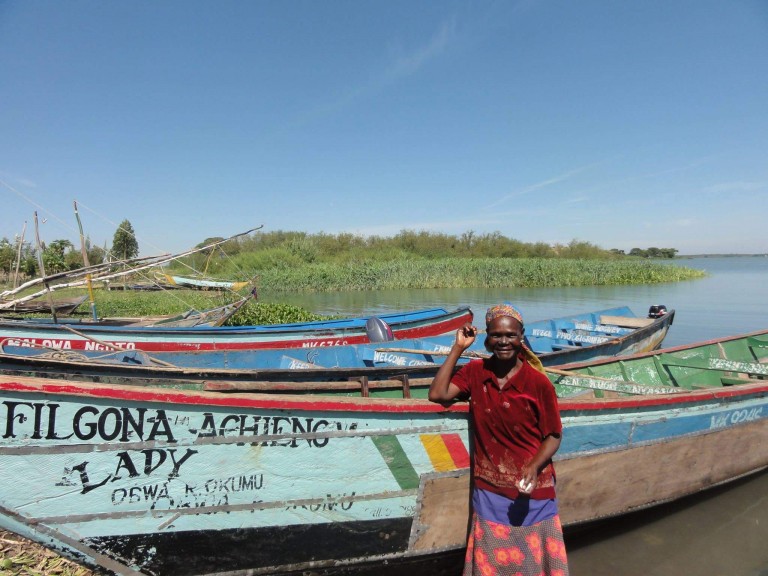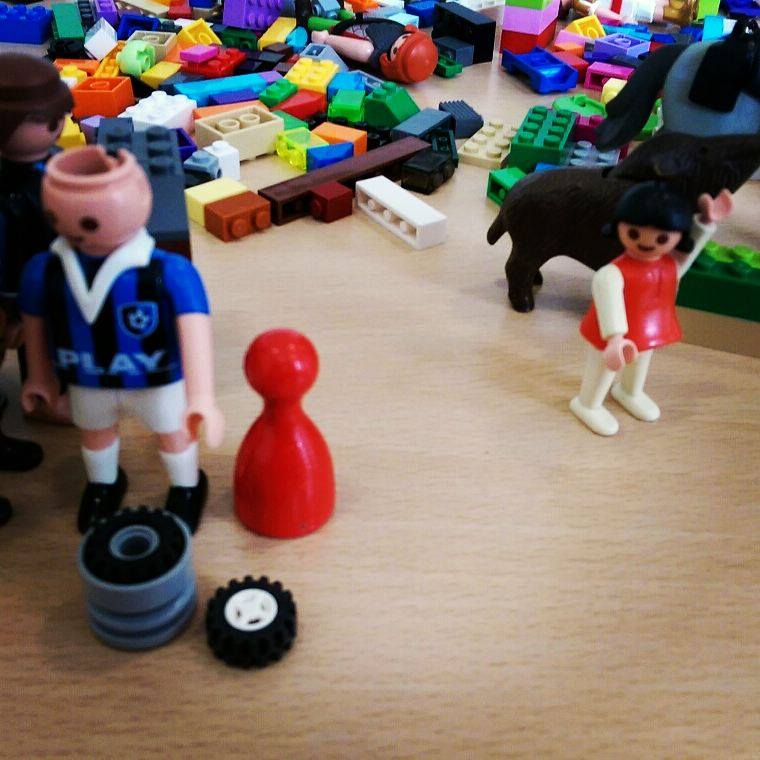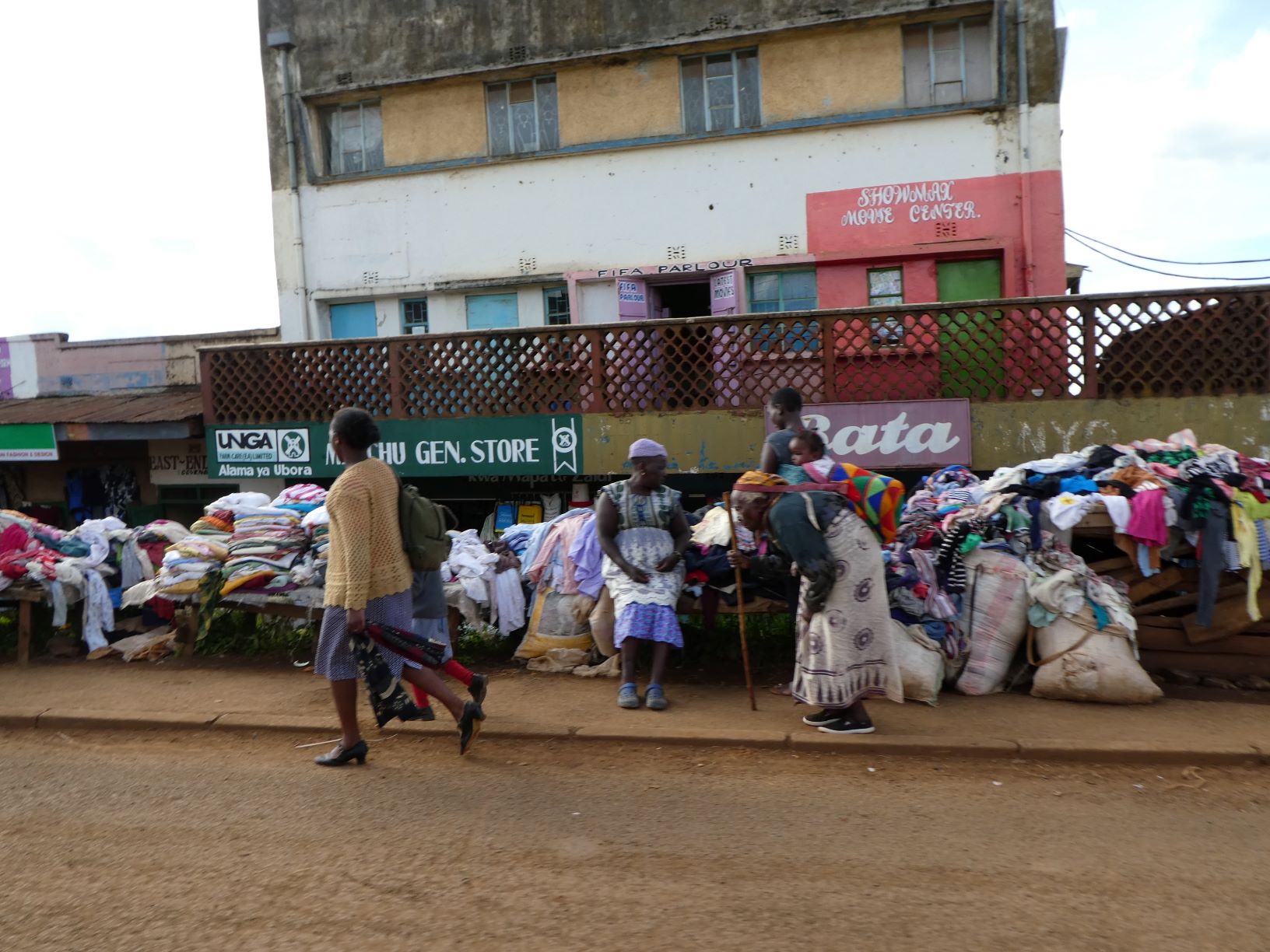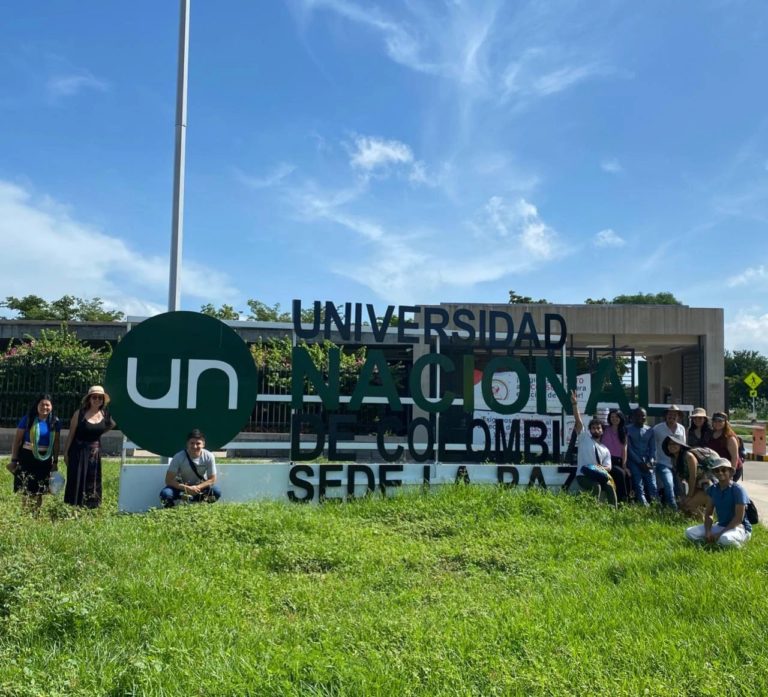“We survive by the Grace of God”: Textile and Garment Industry Workers in Ethiopia
Ethiopia has been implementing an industrialization plan since 2010 and become a global player in the textile and apparel sector. The annual export value of (non-)knitted and (non-)crocheted garments has increased from about $44 million in 2015 to about $143 US$ in 2021. At the heart of the country’s industrialization efforts is the creation of industrial parks for export-oriented light manufacturing industries, such as textiles and garments. One of the flagship industrial parks is located in Hawassa, 300 kilometers south of Addis Ababa. Since its establishment in 2016, the Hawassa Industrial Park has attracted many foreign textile and garment companies, employing about 35,000 workers. In addition, the park has generated $54 million in textile and garment exports to the global market in the fiscal year 2023. Hawassa Industrial Park has been so successful in attracting foreign textile and garment companies because of A. the exceptionally “cheap” labor costs and B. infrastructure and tax incentives provided by the Ethiopian government. This ZEF research focuses on the response to the existing labor practices in Ethiopia’s textile and garment sector, using the Hawassa Industrial Park as a case study.
Meager wages and poor labor treatment
“Companies invested in Ethiopia due to the availability of cheap labor and lack of minimum wage policy”.
Human resources manager
There is evidence that the economic success of Ethiopia’s industrial parks has come at a human cost. Hawassa Industrial Park has become globally competitive in part because of its low-cost labor. Studies show that textile and garment workers earn less than $26 per month, one of the lowest wages in the world. Regarding wages, Zenebech (name changed), a garment worker at Hawassa Industrial Park, stated that she has been employed as an operator for the past five years, working from 8:30 am to 5:00 pm (8 hours a day), 6 days a week, earning an average monthly salary of 2000 ETB (€16, based on the exchange rate at the time of the interview). She added that she shares a single room with two colleagues for 1,200 ETB (€10) per month.
“We sometimes ask our families for support. The income we earn here is not enough to support us for a month”.
A worker reporting that her average income is between 2100 ETB-2300 ETB (€16-18) per month.
With limited off-farm job opportunities in the region, workers feel pressured to accept the low salaries at the Industrial Park. Employers were accused of taking advantage of this situation by maintaining low wages and dismissing complaints. As one interviewee noted, workers are often told to “keep working or leave the company”.
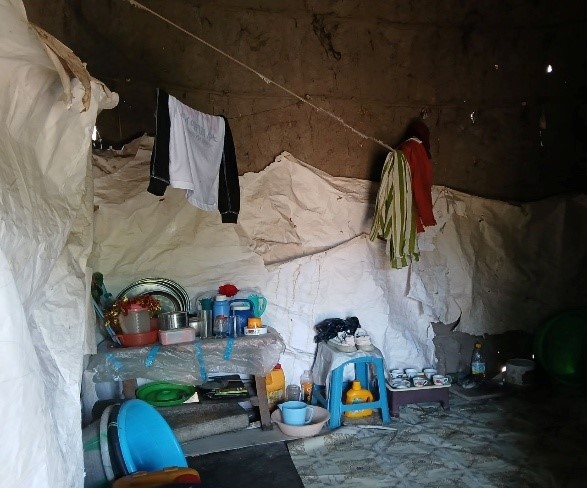
Photo: Living conditions of a garment worker sharing a house with three colleagues in the Chefe area of Hawassa.
Although government authorities and trade unions in Ethiopia claim that labor rights and treatment of workers have improved in recent years, empirical fieldwork in the Hawassa Industrial Park shows that labor conditions for textile and garment workers remain poor. There is no sick leave and when workers fall ill on the job site, only minimal care is provided. In most cases, workers are given a pain killer and a short break before returning to work, regardless of the severity of their illness.
“Whether it is malaria, typhus, or typhoid fever, they give us a painkiller for headache and tell us to go back to our work”.
Respondent.
The workers interviewed were also forced to work overtime without their consent, and risked punishment if they refuse. Workers also revealed that they have been verbally abused, feel dehumanized, and believe that they are seen and treated as expendable labor. One of the workers interviewed said that they have been insulted with words such as “stupid, donkeys, and stone head”.
“They do not consider us humans and, if they do, they treat us as workers with no options”.
Respondent.
Living in poverty and resisting exploitation
“Most of the workers eat food only once in a day, and that is the lunch provided by the company”.
Labor union leader at one of the companies.
Ninety percent of the workers in the textile and garment factories in Hawassa Industrial Park are female. Most workers live in overcrowded and poorly constructed housing (see the picture below), sharing single rooms with several people. With very low incomes, they can often afford only one meal a day – provided by the employer. Interviews with workers also revealed that they often skip either breakfast or dinner in order to make their income last throughout the month. Workers interviewed also reported that operators faint on the job due to insufficient food and a strenuous workload. Moreover, government officials interviewed admitted that some female workers resort to prostitution to make ends meet. When asked about their way of survival, the workers interviewed said that they were “surviving by the grace of God”.
Despite strict control mechanisms, workers use various strategies to resist exploitation, including quitting their jobs. Companies in the Hawassa Industrial Park have a high turnover of workers, sometimes more than 10 percent per month. Workers also protest through work slowdowns and walkouts. Although it has declined since unionization, workers use tactics such as work slowdowns and strikes to voice grievances. In October 2024, 2,600 workers from one company staged a one-and-a-half-day strike to demand a wage increase (see image below). In the same month, 5,000 workers from another company also went on strike to protest their employer’s offer of a (too low) wage increase.
Emergence of labor unions
Over the past three to four years, workers in Ethiopia’s textile and garment industry have fought back by forming trade unions. Initially, these initiatives were met with resistance from employers and the government. Despite hopes of improving working conditions, unions remain weak and unable to make significant changes to improve workers’ rights. In some cases, employers have undermined the labor unions by firing or demoting leaders, interfering in elections, creating divisions among union leaders, and promoting key leaders to management positions, in order to induce them to change sides. As one interviewee from the Industrial Park administration noted,“the unions are unable to fulfill the purpose for which they were established”.
The fieldwork revealed that the working and living conditions of the textile and garment workers in Hawassa Industrial Park are poor. Although the unionization of the workforce was expected to improve their situation, it has brought minimal change so far. But, even without knowing of trade unions, workers take strike action and also use various individual and group mechanisms to resist the labor practices.
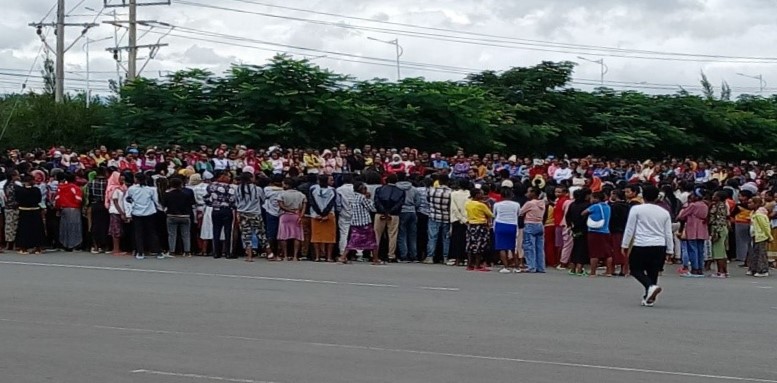
Photo: A strike by garment workers in Hawassa Industrial Park in October 2024
Author
Mitta Gifawosen Markos is a ZEF junior researcher in ZEF’s research group on Cultural and Political Change (ZEF CPC)
Acknowledgments
The German Academic Exchange Service (DAAD) kindly supports this research.
Photo credits
Photos by author and Till Stellmacher, ZEF (feature image)
